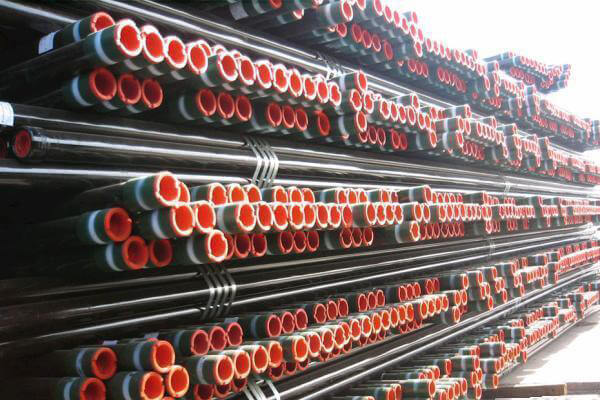Tubing is in nearly all cases less expensive to use than pipe. Although tube fittings carry a higher initial price than similarly configured pipe components, in the long run tube systems save money due to reduced downtime and simpler assembly and disassembly.

When adjustments are necessary, tubing pipe is flexible and, thus, can be easily repositioned. This makes it possible to completely align systems before final hookup, which is especially beneficial when installing “field-routed” systems. Modifying an installed system only requires a hacksaw, wrenches, and a few new parts. And because tube connections have higher leak tight integrity than pipe connections, the systems can be reassembled easily and reliably.
Tube systems are also relatively easy to disassemble. Virtually every fitting provides a location for quick disassembly. Most fluid-handling systems are tweaked and modified on a regular basis, so quick disassembly is important. In tubing systems, users can replace an elbow with a tee in a matter of minutes, and most existing hardware can be reused. Disassembling threaded pipe, on the other hand, is more labor intensive because each component must be handled individually and sequentially. And welded pipe systems can only be disassembled by cutting, which is a lengthy process. Tube systems also support high pressures and have, on average, a higher strength-to-weight ratio than pipe. Tubing systems produce better flow characteristics because the smooth internal surfaces reduce flow losses and drag. In addition, the internal diameters of the tubing and fittings are nearly identical, which reduces pressure drops and turbulence.